Have a bunch of small household upgrades that you’re trying to get finished before winter rolls around? We’ve compiled 20 of our most popular step-by-step projects along with links to their full instructions. Each one takes just a weekend to complete, so start planning your project schedule now.
1. Installing New Rain Gutters
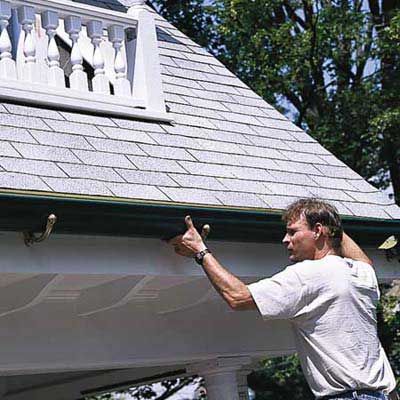
Most homes need rain gutters and downspouts to collect and carry away rainwater. Without them, water would erode the soil around your foundation, splash dirt onto your home’s siding, and likely leak into the basement or crawlspace. Gutters are most often installed by professionals, but a DIYer with a little experience doing projects around the house can manage it.
In How To Install Rain Gutters, we show you how to install reproduction half-round gutters that are exact replicas of the size and style gutters typically found on older homes. This system features corrugated downspouts and decorative cast aluminum brackets.
2. Planting Trees
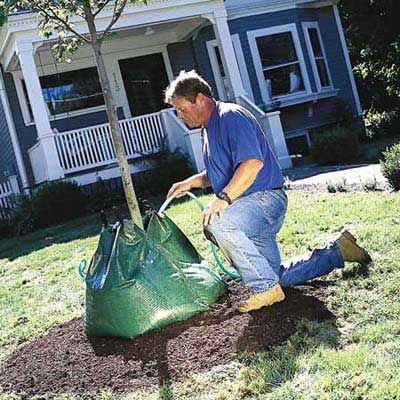
For a tree to survive long enough to reach full maturity, it must get a healthy head start with a proper planting. To learn the correct way to plant a young tree, we turned to our resident expert, This Old House landscape contractor Roger Cook.
How To Plant a Tree details Cook’s tips for each step of the planting process, from digging the hole to watering techniques for proper hydration. He also lays out his comprehensive three-year plan for maintaining a young tree.
3. Building a Raised Vegetable Garden
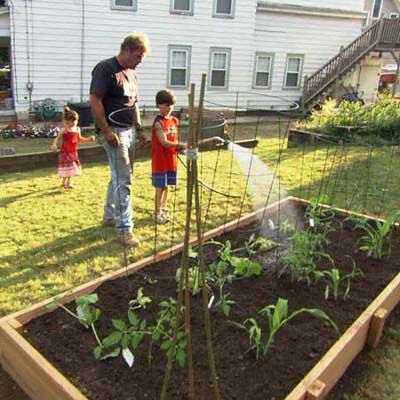
If you love working in the garden but hate the toll it takes on your knees, a raised bed may be the perfect landscape addition. A simple frame of rot-resistant lumber holds the soil in place and brings it to a height that’s easy for everyone to reach without being on your knees or climbing all over precious plants.
Check out How To Build a Raised Vegetable Garden to see how Cook got it done in just two hours.
4. Installing a Picket Fence
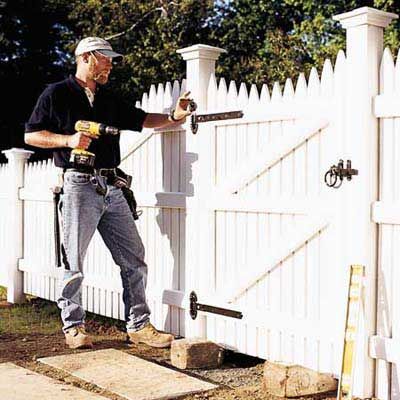
There are few things as warm and welcoming as a white picket fence. A properly built and installed fence can enhance a home’s landscape, define property lines, and add security. Building a fence from scratch, even a short fence, takes considerable time and requires an arsenal of woodworking tools. Fortunately, prefabricated fencing sections make it much easier for the average homeowner to install one.
The hardest part of any fence installation is digging the postholes. The level of difficulty, not surprisingly, depends on the fence length and soil hardness. See our guide How To Install a Picket Fence for full instructions.
5. Making a Planter Box
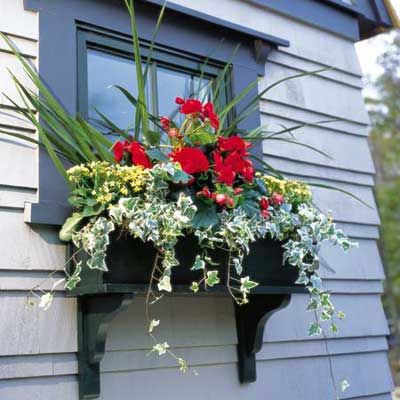
Add a splash of color and visual interest to your home with a traditional wooden window box. You can install one in about an hour with a minimal amount of effort or expense. In How to Hang a Window Box, This Old House general contractor Tom Silva shows us the best way to install a prefabricated window box, while Cook gives his top tips for preparing, planting, and maintaining plants.
6. Creating a Backyard Pond
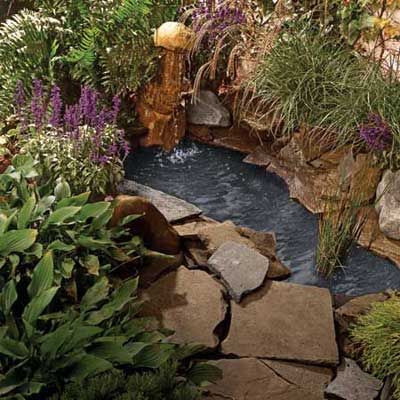
A garden pond attracts birds, frogs, butterflies, and crickets (few mosquitoes, though, thanks to the moving water). In How to Create a Backyard Pond, This Old House’s Mark Powers shows us how to make the one featured above. All you need is a shovel and a few materials.
7. Installing Drip Irrigation
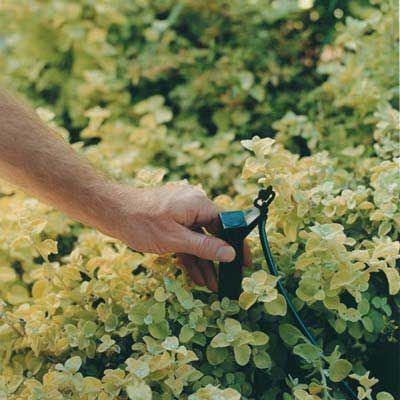
In many parts of the country, trying to keep yards watered during summer requires some assistance. The way to beat the heat is with microirrigation, or drip irrigation. This system of tubing and tiny sprayers delivers small amounts of water to the plants’ bases at scheduled times.
Setting up a system to feed a backyard’s worth of plant beds, shrubs, and trees takes just a few minutes of designing and a couple of hours of connecting components. See How to Install Drip Irrigation to get started.
8. Upgrading Your Garage Floor
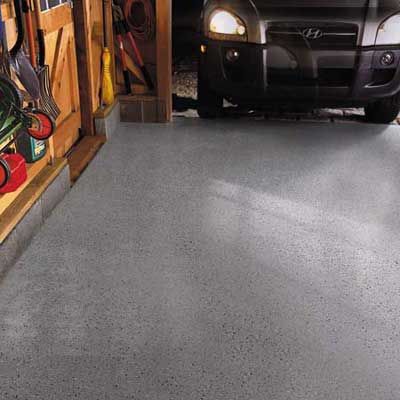
A shiny epoxy floor coating will have you and your car feeling like you’re driving into a showroom every time you come home. Epoxy resists oil stains, beads water, and wipes clean like a kitchen counter. Color chips and custom paint colors hide imperfections in the concrete, and antiskid additives give you grip on a snowy day. As Powers shows in How to Epoxy-Coat a Garage Floor, you just need a weekend to sweep the dirt out and paint on the epoxy.
9. Adding a Ceiling Fan
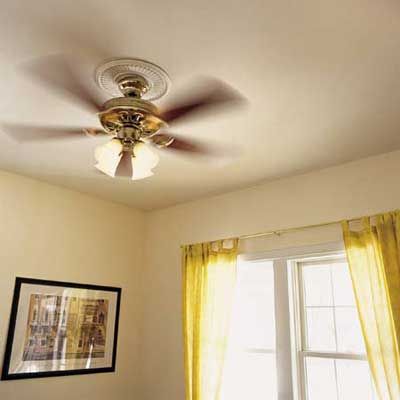
Installing a ceiling fan is relatively simple, especially if the space above is accessible from an attic. Even when it isn’t, the job is still doable. In How To Install a Ceiling Fan, we show how to replace an old light fixture in a ceiling fan without running new wiring.
10. Putting in Interior Shutters

Interior shutters were the original window treatments, commonly used in southern and urban houses. Now, they’re a great way to add architectural and historical detail to a room. They also help keep out winter wind and summer heat. Check out How To Hang Interior Shutters to learn how to do it yourself.
11. Installing Porch Lattice

Porch lattice conceals framing while allowing air to circulate under the porch floor, keeping the framing dry and free of rot. It also helps prevent critters from camping under your porch.
In How to Install Porch Lattice, we built a durable new skirt using pressure-treated lumber and plastic lattice. We also opted for an unconventional installation method: Rather than permanently attach the frames, we hung them on hinges so the homeowners could use the space below the porch for storage.
12. Installing a Brick Path
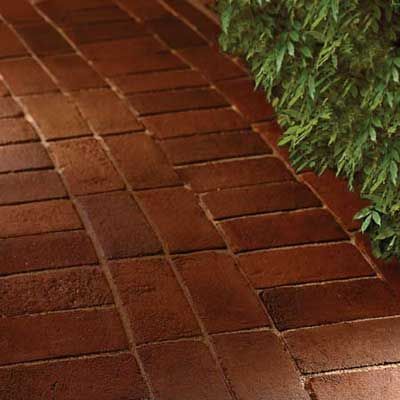
In just one weekend, you can add a brick pathway to your yard to keep from walking through mud on rainy days or add character to an otherwise bare lawn. See How To Lay a Brick Path to get started.
13. Installing a Garage Floodlight
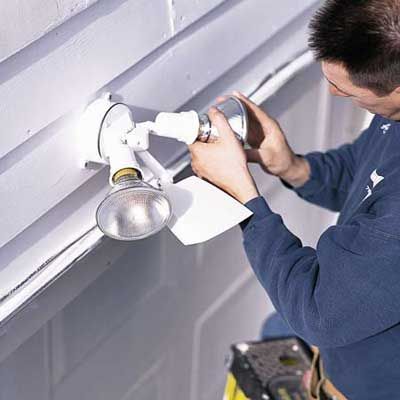
If you’re hesitant about working with electricity, simplify the process by safely tapping into an existing garage circuit. This speeds up the installation by eliminating the need to blindly pull wires through walls and ceilings. Take a look at How To Install a Garage Floodlight to get started.
14. Building a Mudroom Bench

In How To Build a Mudroom Bench, Powers shows how to create the perfect catchall, complete with an open top shelf, coat hooks, and flip-top bench storage. This entry hall built-in is sure to make your house more welcoming while protecting it from wear and tear.
15. Building a Fire Pit
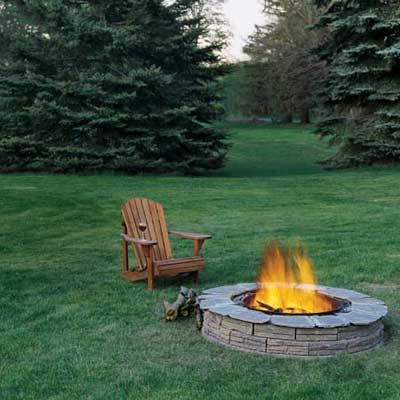
Creating a hang out spot for a fire, no matter how primitive, is one of the best ways to level up your lawn. On cool nights, you can gather around to roast marshmallows, talk with friends, or stargaze. See How To Build a Fire Pit to learn how.
16. Putting in Landscape Lights
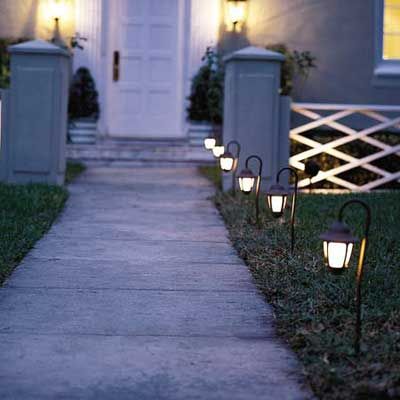
Bump up your nighttime curb appeal and add a measure of safety with low-voltage lanterns. These exterior-grade fixtures are typically placed along walkways and driveways, but they’re also ideal for illuminating steps, trees, stonewalls, fences, and garden features. And because the system operates on only 12 volts of electricity, it’s safe for DIY installation. See How To Put in Landscape Lighting to get started.
17. Installing a Lamppost

Want to brighten your yard even more? Our guide on How To Install a Lamppost can help. Adding one is simpler than you might think. A hole filled with concrete keeps the post straight, and a narrow trench from the house carries the wiring. You can do all that in a day.
18. Seeding Your Lawn
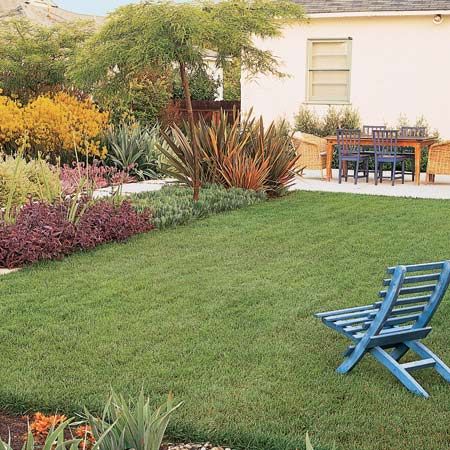
If you’ve spent the summer lamenting your yard, learn How To Seed a Lawn. “Seeding is the easiest thing for a homeowner to do,” says Cook. “It just takes a little soil preparation, the right mix of seed, and lots of watering.” We should warn you: It won’t get better this year, but next spring could be a whole other story if you seed this fall.
19. Installing Exterior Window Shutters
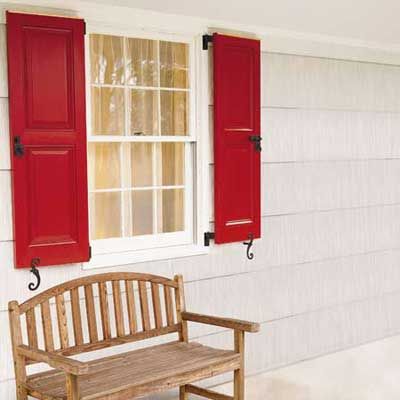
As Powers shows in How To Hang Exterior Shutters, you can put several pairs of exterior shutters up in a weekend for better privacy and a pop of style.
20. Building a Trash Shed
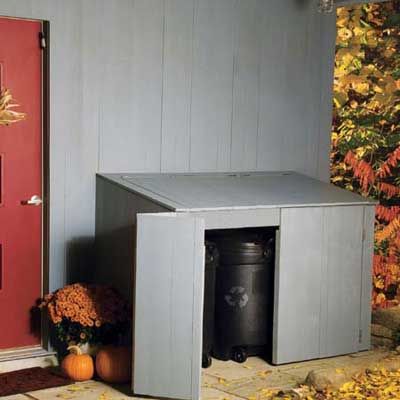
In How To Build a Trash Shed, Powers builds a shed big enough for two 32-gallon trash cans and several stacked recycling bins. The flip-open lids allow you to quickly toss something away, and the bifold front doors make it easy to move heavy cans in and out.